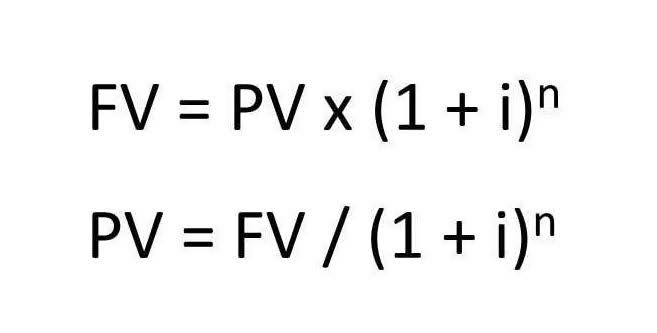
Such acquisitions and sales of long-term or fixed assets are known as investing activities. The rest of this article explains how inflows and outflows of cash caused by such activities are computed and reported in the statement of cash flows. Cash flow from investing activities (CFI) is one of the sections on the cash flow statement that reports how much cash has been generated or spent from various investment-related activities in a specific period. Investing activities include purchases of physical assets, investments in securities, or the sale of securities or assets. Investing activities include cash flows from the sale of fixed assets, purchase of a fixed asset, sale and purchase of investment of business in shares or properties, etc.

Assume you are the chief financial officer of T-Shirt Pros, a small business that makes custom-printed T-shirts. While reviewing the financial statements that were prepared by company accountants, you discover an error. During this period, the company had purchased a warehouse building, in exchange for a $200,000 note payable. The company’s policy is to report noncash investing and financing activities in a separate statement, after the presentation of the statement of cash flows. This noncash investing and financing transaction was inadvertently included in both the financing section as a source of cash, and the investing section as a use of cash.
Final thoughts on cash flow from investing activities
As a result, these investments and capital expenditures are reported as negative amounts in the cash flows from investing activities section of the SCF. Investing activities often refers to the cash flows from investing which of the following is an investing activity? activities, which is one of the three main sections of the statement of cash flows (or SCF or cash flow statement). Cash flows from operating activities arise from the activities a business uses to produce net income.
- Calculating cash flow from investing activities is completed automatically if you’re using accounting software to manage and record your financial activities.
- Thus, underlying profit eliminates irregular or uncommon events that may affect earnings, such as natural disasters.
- Still, in the long run, assets can help generate growth for the company’s revenue.
- Before analyzing the different types of positive and negative cash flows from investment activities, it is essential to review when a company’s investment activity includes its financial statements.
- A cash flow statement is a statement that shows a transaction in a particular period.
- In the short term, the company has experienced a negative impact on revenue from purchasing goods, plants, and equipment.
Along with being part of your cash flow statement, your adjusted asset totals are also reported on the non-current part of a balance sheet. In addition, the total income reported on your company’s income statement will also impact your cash flow statement. If a company has differences in the values of its non-current assets from period to period (on the balance sheet), it might mean there’s investing activity on the cash flow statement. When a company reports consolidated financial statements, the assets of the preceding line will include the investment activities of all sub-companies included in the combined results.
Amortization of intangible assets:
It’s also important to point out that the purchase of PP&E (CapEx) has been fairly proportional to depreciation, which indicates the company is consistently reinvesting to keep its assets in good shape. Over 1.8 million professionals use CFI to learn accounting, financial analysis, modeling and more. Start with a free account to explore 20+ always-free courses and hundreds of finance templates and cheat sheets. Now that David has moved into his new manufacturing plant, he needs to purchase new equipment to replace much of what he sold. David was lucky enough to quickly locate a plant to purchase that will adequately house his business.
David’s brother decides to open a hardware store and asks David to be his partner. While David declines a full partnership role in his brother’s business, he agreed to a 25% partnership, writing his brother a check in October for $75,000 to cover his investment.